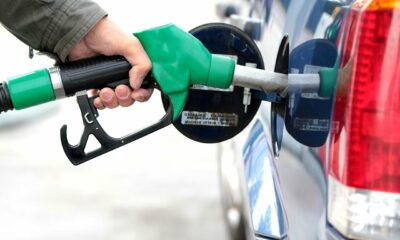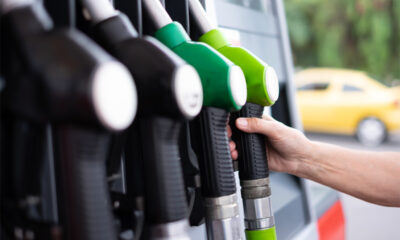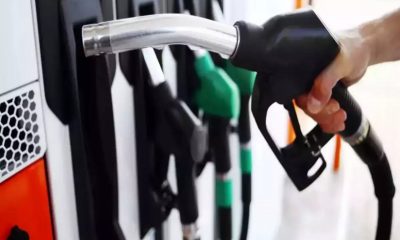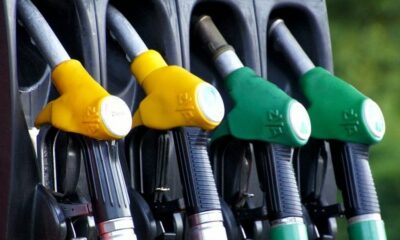Business
Big Petrol Price Drop Expected for South Africa Next Week
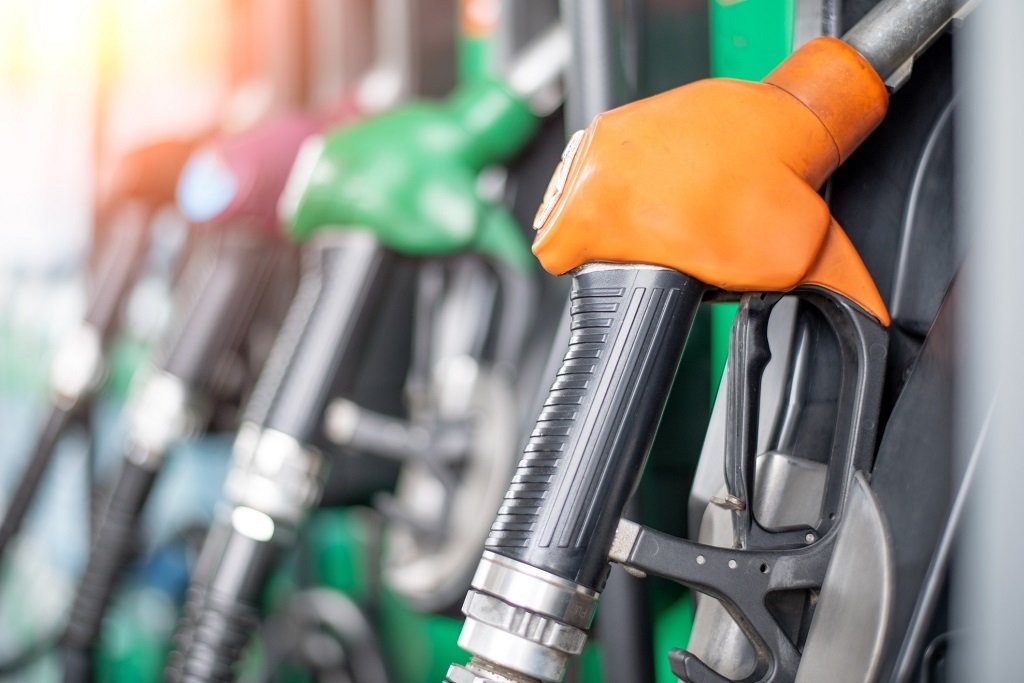
South Africans Finally Catch a Break at the Fuel Station
After months of unpredictable swings and painful fuel hikes, motorists across South Africa are finally in for some good news. The Central Energy Fund’s latest month-end data shows a solid over-recovery in fuel prices, signalling that a major petrol price cut is almost certain next week.
According to the CEF, both petrol and diesel are tracking well into positive territory for October. Unless the government makes a surprise intervention, drivers can expect the Department of Mineral Resources and Energy to confirm a meaningful drop in prices before the changes take effect on Wednesday, 5 November.
What Drivers Can Expect
If current trends hold, here’s how fuel prices could shift next week:
-
Petrol 93: Down by 55 cents per litre
-
Petrol 95: Down by 51 cents per litre
-
Diesel 0.05%: Down by 21 cents per litre
-
Diesel 0.005%: Down by 18 cents per litre
-
Paraffin: Slight drop of 1 cent per litre
This means filling up a 45-litre tank of unleaded petrol could cost nearly R25 less than it did in October, a welcome relief ahead of the festive season crunch.
Why Prices Are Falling
The dip comes down to a rare mix of favourable conditions for South Africa. Despite a brief late-October surge in global oil prices, the rand held its ground, hovering around R17.30 to the US dollar for most of the month. That strength helped offset the cost of imported oil.
Oil markets themselves have been unpredictable. Prices have danced between $60 and $70 a barrel, reacting to trade tensions between the United States and China, shifting demand forecasts, and geopolitical moves like US sanctions on Russian supply.
But as the dust settles, oil remains on track for a third consecutive monthly decline, giving importers and local consumers some breathing room.
The Rand’s Silent Contribution
While oil gets the headlines, the rand has been the quiet hero of the month. Despite testing highs and lows, from R17.00/$ to R17.55/$, the currency has remained surprisingly stable compared to earlier in the year. This stability has been key to offsetting the impact of global price spikes and keeping domestic over-recoveries intact.
Economists note that local market sentiment has played a minimal role in the rand’s movements this month, with international developments carrying most of the weight. Still, for South African motorists, the result is the same: cheaper petrol and diesel at last.
What Happens Next
The Department of Mineral Resources and Energy traditionally confirms official fuel adjustments the day before they come into effect, following internal reviews of data and levies. Unless there’s an unexpected change to the slate levy or other regulatory component, the price cut is as good as guaranteed.
It’s a rare piece of optimism in a tough economy, offering temporary relief to commuters, transport operators, and small businesses feeling the pinch of rising costs.
For now, the message is clear: next week, South Africans can finally exhale at the pumps.
Follow Joburg ETC on Facebook, Twitter, TikT
For more News in Johannesburg, visit joburgetc.com
Source: Business Tech
Featured Image: CCFM

